Like a Dragon Gaiden: The Man Who Erased His Name Review
Overall
-
Story And Setting
-
Gameplay
-
Visuals and Performance
Verdict
Like a Dragon Gaiden successfully weaves a compelling narrative that serves as a satisfying conclusion to Kazuma Kiryu’s iconic journey.
Pros
- Compelling Plot
- Appealing Visuals
- Excellent Characters
- Engaging Side Content
Cons
- Lack of Innovation
- Overreliance On Flashbacks
- Reused Tropes
Like a Dragon Gaiden: The Man Who Erased His Name is a Yakuza spin-off that tugs at my heartstrings as a series veteran and extends a warm welcome to all longtime fans of this series, introducing them to a world where crime, honor, and quirky side quests blend seamlessly.
- Developer: Ryu Ga Gotoku Studio
- Publisher: Sega
- Release Date: November 8, 2023
- Platforms: PC, Xbox Series X/S, Xbox One, PlayStation 5, PlayStation 4
- Game Length: 15 Hours
- Time Played: 25 Hours
So let’s dive into Sotenbori’s neon-soaked streets in our review, and see how this game stands up to the greats of this legendary series.
Story And Setting
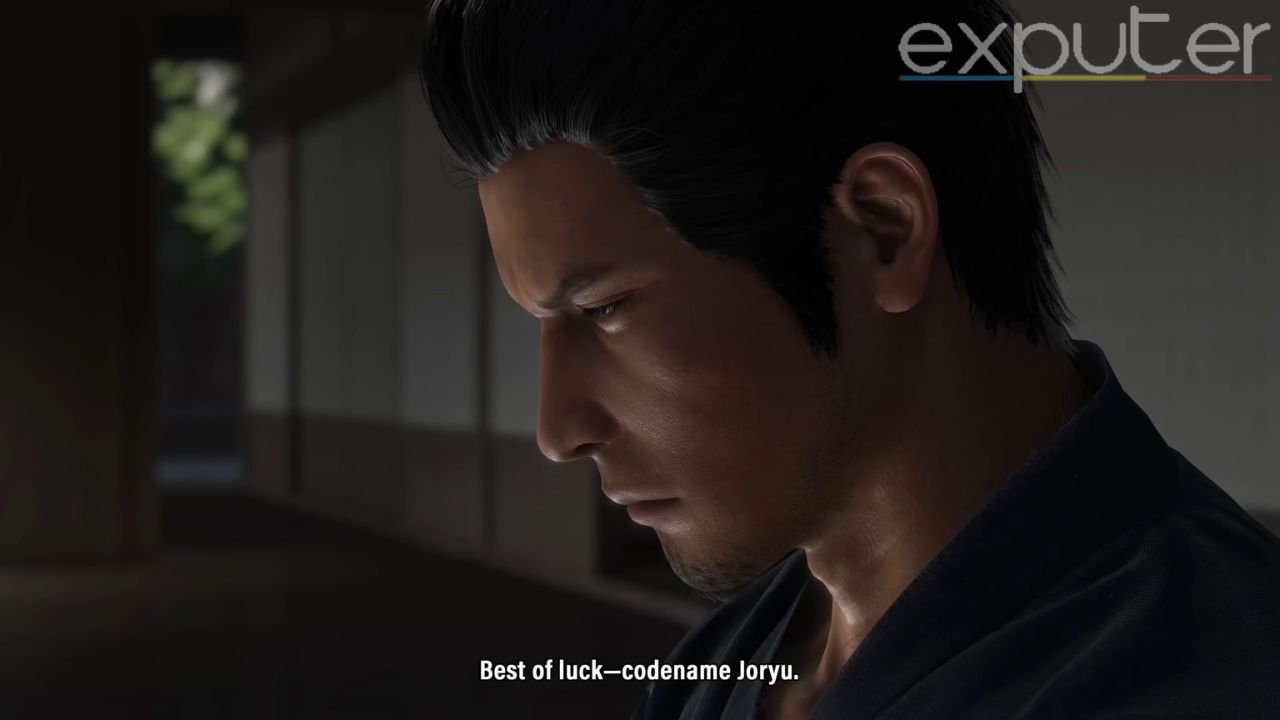
This new narrative serves as a bridge between events of Yakuza 6: The Song of Life and Yakuza: Like a Dragon, offering players a glimpse into the complex and tumultuous world of organized crime in Japan.
Kiryu, who was meant to find peace and anonymity after Yakuza 6, is once again drawn into Yakuza world’s shadows. This time, a secret Japanese government organization recruits him as an agent and gives him a code name: Joryu.
It serves as a nostalgic journey for long-time fans of this series, offering numerous callbacks to key moments, characters, and locations that have defined Kiryu’s tumultuous life.
This game’s plot leans heavily on the foundations laid by previous Yakuza titles. It serves as a nostalgic journey for long-time fans of this series, offering numerous callbacks to key moments, characters, and locations that have defined Kiryu’s tumultuous life.
However, I found this commitment to fan service as both a strength and a weakness. While it adds depth and resonance to its story for dedicated players who have followed Kiryu’s journey since its inception, it can occasionally feel repetitive and predictable.
My main gripe with this story is its frequent reliance on certain narrative devices. It repeatedly features ambushes, shocking betrayals, and unexpected reveals that have become almost cliché within the Yakuza franchise. While these twists were instrumental in establishing Yakuza games as soap operas, they felt a bit worn out particularly here.
Despite these familiar elements, it does have its moments. It shines brightest when focus is put on Kiryu’s relationships, particularly with his adopted daughter Haruka and children from the Morning Glory orphanage. These moments are beautifully crafted, offering players a chance to see our protagonist’s humanity.
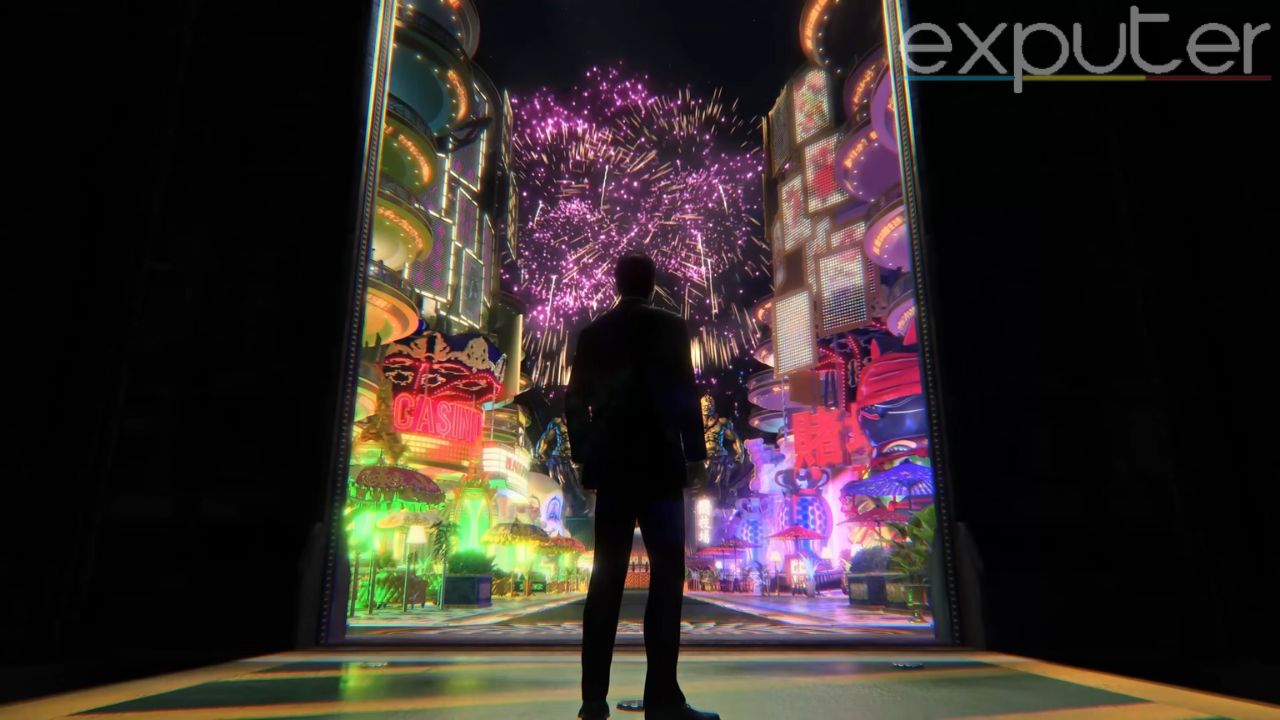
Its world also remains as vivid and immersive as ever, showcasing vibrant Japanese cities of Sotenbori and Yokohama. While Kamurocho, an iconic city in this series, takes a backseat in this installment, I nonetheless found myself falling in love with these new locations.
However, one notable change in this title is how players access side stories. Unlike previous Yakuza titles, where side stories could be stumbled upon while exploring its city, this title introduces the Akame Network. Players must accept missions from Akame, a character deeply embedded in Sotenbori’s underground scene.
I did not like this new approach as it can feel more like checking items off a to-do list, making side stories less of an emergent experience and more like a structured task.
Gameplay
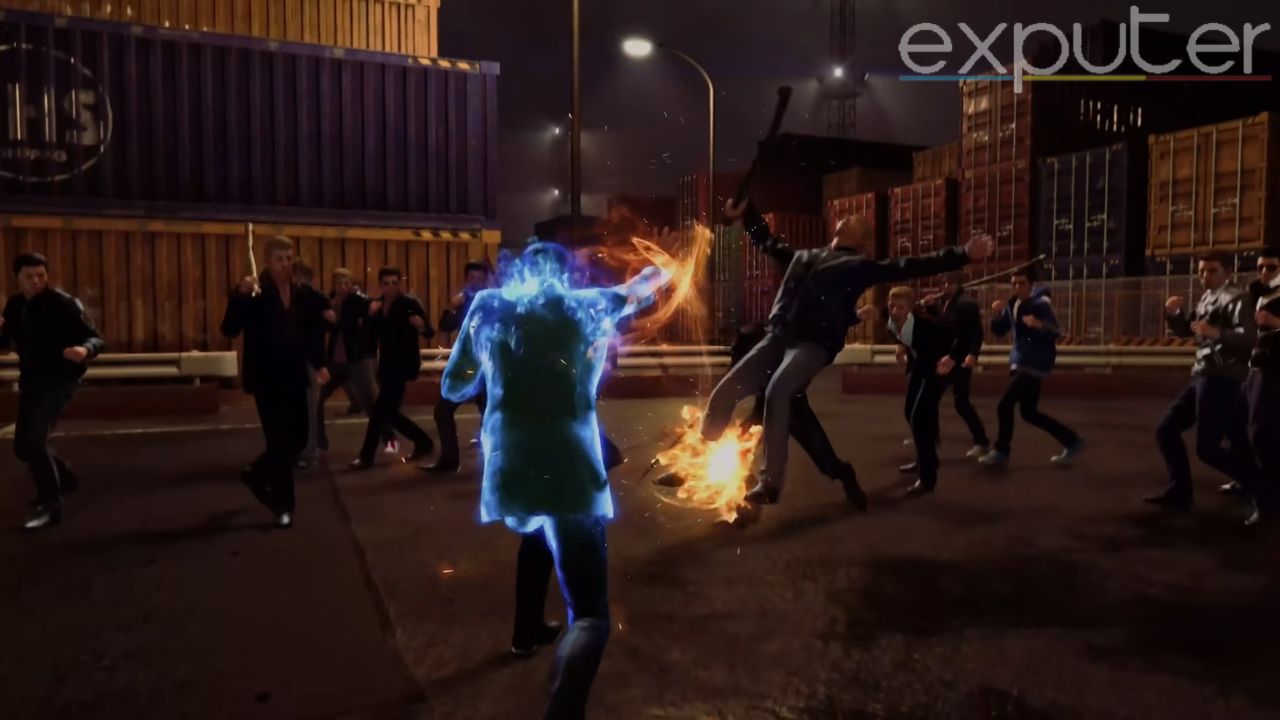
Gameplay revolves around action-packed brawls, exploration, and a plethora of side activities, providing a familiar yet refreshing experience. As a spin-off title, this game maintains each core gameplay mechanic that Yakuza fans have come to love while adding twists to its formula.
The heart of this gameplay lies in its combat system, which carries over its series’ signature blend of combo-based brawling, complemented by two distinct fighting styles: Yakuza and Agent.
Yakuza style represents Kiryu’s classic combat prowess, emphasizing powerful, slower attacks designed for one-on-one encounters. Moreover, Agent style introduces a more agile and fast-paced approach, which I thought worked best when taking on large groups of foes.
Agent style’s distinguishing feature is its integration of a range of James Bond-esque gadgets, bringing a unique and ridiculous flavor to close-quarter combat. Using it, I could employ gadgets such as a vibrant teal whip, drones, rocket shoes, and mines to devastate his adversaries.
While this may seem outlandish compared to traditional Yakuza combat, I think that it adds a layer of diversity and flexibility to the gameplay.

Being able to switch between these two fighting styles during battles enhances combat fluidity and strategy. It allows players to adapt to different enemy types and situations effectively. I found the Agent style to be particularly enjoyable, enabling players to experiment with various gadgets and unleash stylish attacks.
My enjoyment of combat was further elevated by its exceptional soundtrack. This music adds a layer of excitement to each battle, harkening back to memorable moments from previous Yakuza titles. It encapsulates what makes playing as Kiryu so enjoyable, emphasizing his high-energy nature.
Like a Dragon Gaiden offers an intriguing blend of action, nostalgia, and exploration, providing a satisfying and familiar gameplay experience while preparing the ground for Kazuma Kiryu’s potential farewell
However, despite this new addition, its gameplay doesn’t introduce significant changes, largely reusing familiar mechanics from previous entries.
An absence of substantial innovations might leave seasoned players yearning for fresh mechanics and a more transformative gaming experience, especially considering this series’ rich history of introducing inventive elements in each installment.
I also noticed that Agent style can quickly overshadow Yakuza style due to its effectiveness and accessibility. Players might find themselves relying predominantly on this new style to breeze through encounters. This could make our beloved old Yakuza style feel underutilized, despite its significance.
Ultimately, Like a Dragon Gaiden offers an intriguing blend of action, nostalgia, and exploration, providing a satisfying and familiar gameplay experience while preparing the ground for Kazuma Kiryu’s potential farewell in Like a Dragon: Infinite Wealth.
Visuals And Performance
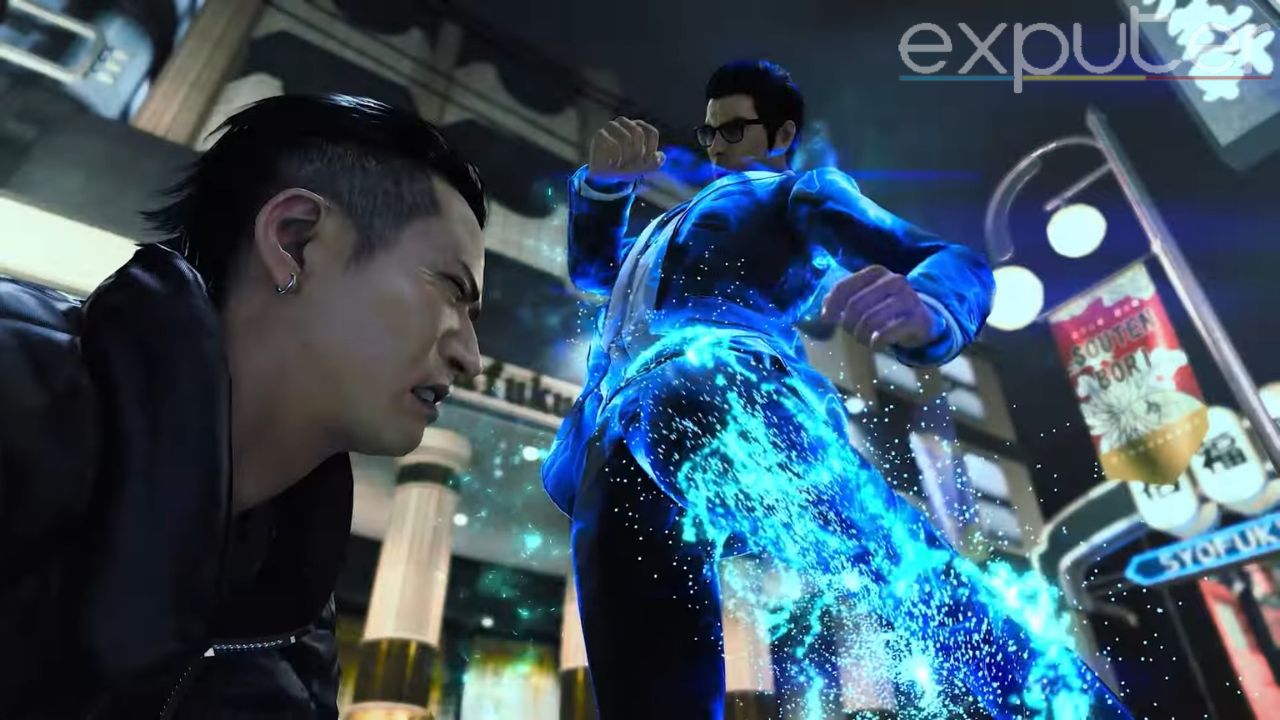
This series is known for its vibrant and detailed in-game environments, capturing an integral essence of modern Japan while celebrating its distinct cultural aspects. Like a Dragon Gaiden is no exception, as it immersed me within Sotenbori, a location familiar to fans of this series.
Incredible attention to detail has gone down in recreating this urban landscape. Sotenbori features a wide array of shops, restaurants, arcades, and other establishments, each uniquely designed with intricate textures and signage.
Sotenbori features a wide array of shops, restaurants, arcades, and other establishments, each uniquely designed with intricate textures and signage.
This level of detail creates a sense of authenticity, making this in-game city feel like a place players can genuinely engage with.
Kiryu himself appears just as imposing and iconic as ever, paying homage to his legacy. These character models are brought to life through impressive facial animations and expressions, contributing to the emotional depth of his narrative.
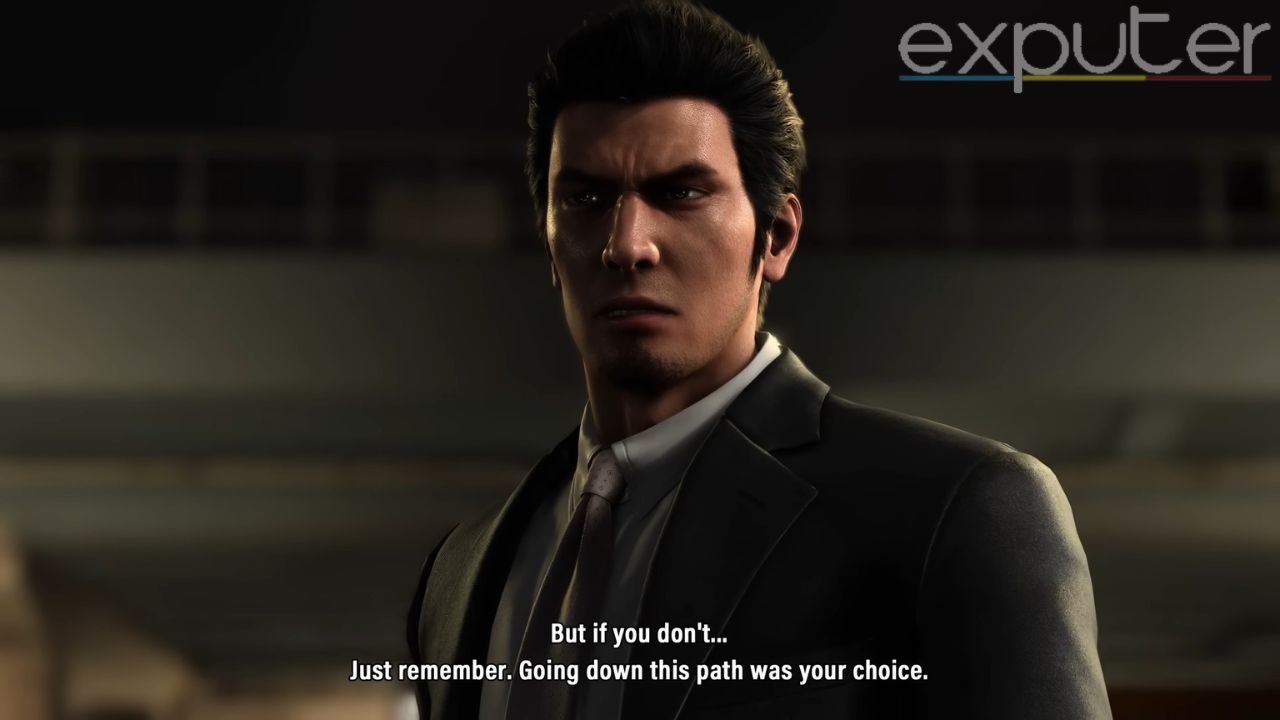
A notable visual enhancement in this game is an excellent implementation of ray tracing on compatible hardware. This technology enriches Like a Dragon Gaiden’s quality of reflections and lighting.
When exploring the city, I could witness realistic reflections of characters and objects on wet surfaces during rainy weather, enhancing this title’s overall visual fidelity.
It also maintains a consistent framerate on compatible platforms and runs without any noticeable frame drops, even during intense combat sequences. This level of performance ensures that players can fully immerse themselves without disruptions.
On PC, a versatile range of graphical settings are available, which allowed me to adjust performance to suit my particular hardware, a 1660 Super in this case. This flexibility ensures that players on different PC configurations can enjoy without sacrificing visual quality or performance.
Verdict
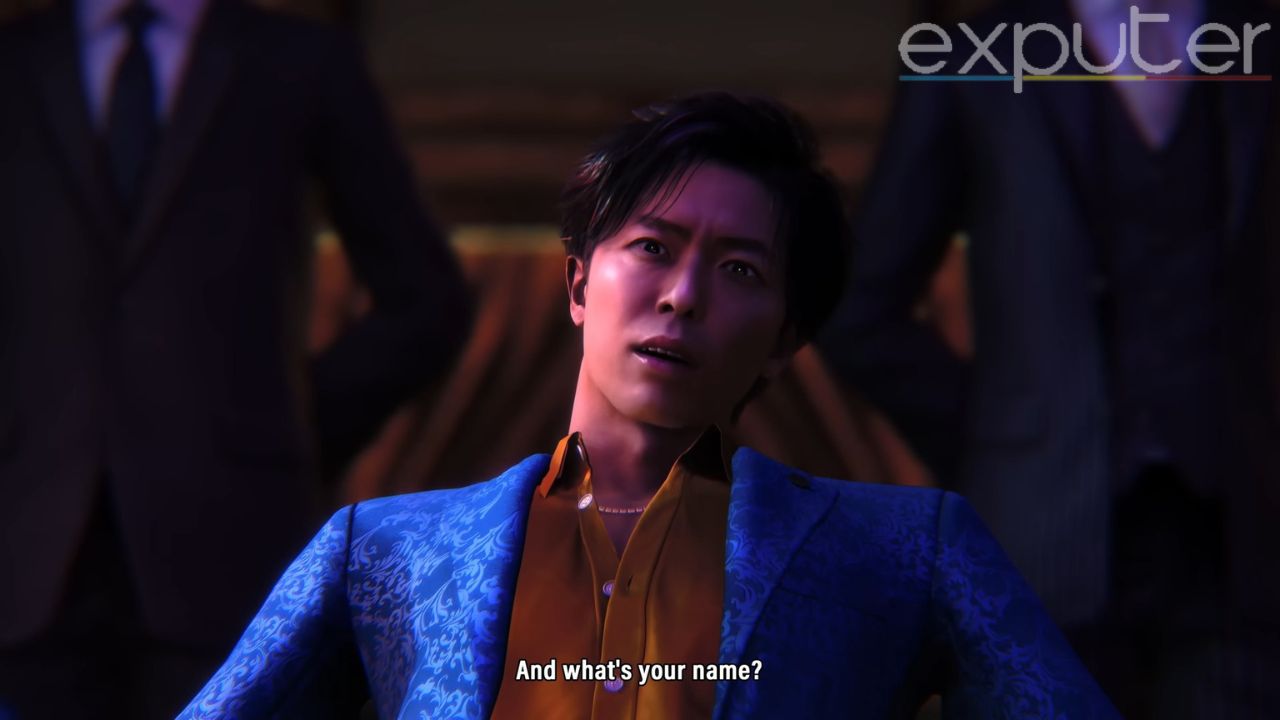
Like a Dragon Gaiden successfully weaves a compelling narrative that serves as a satisfying conclusion to Kazuma Kiryu’s iconic journey. With visually immersive settings and engaging side content, it caters to both longtime fans and newcomers.
However, while enjoyable, its gameplay treads familiar ground, lacking significant innovation. Its over-reliance on established tropes and a weak introduction to the Akame Network for side stories did slightly hinder my overall experience.
Despite these drawbacks, this game remains a nostalgic and emotionally resonant installment in the Yakuza series, delivering a fitting sendoff to its legendary protagonist.
This has been our Like a Dragon Gaiden Review. While you’re here, consider checking out some of our other articles.
- The Finals Beta Review
- My Time at Sandrock Review
- RoboCop: Rogue City Review
- Alan Wake 2 Review
- Spider-Man 2 Review
- Lords of the Fallen Review
- Yakuza 0
- Yakuza Kiwami
- Yakuza Kiwami 2
- Yakuza: Like a Dragon
- Judgment
Thanks! Do share your feedback with us. ⚡
How can we make this post better? Your help would be appreciated. ✍



